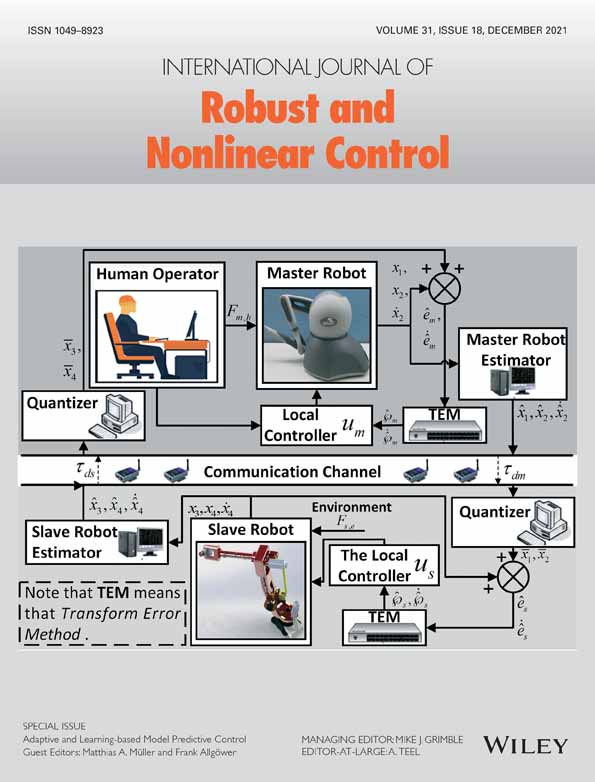Prescribed performance synchronization for time-delayed complex dynamical networks under event-triggered pinning control
Funding information: National Natural Science Foundation of China, 12071102; the Fundamental Research Foundation for Universities of Heilongjiang Province of China, 2019-KYYWF-0215
Abstract
In this article, a new event-based pinning synchronization control strategy for complex dynamical networks with internal delay and transmission delay is investigated. By introducing prescribed performance control schemes, the transient and steady performance of synchronization errors are guaranteed simultaneously. The main results in the article show that, not only exponential synchronization is achieved, but also the transient bounded of synchronization errors is guaranteed based on Lyapunov approach. Furthermore, an efficient event-based mechanism is derived to avoid the infinitely fast switching of the pinning node set. We also develop a new selection-algorithm to find certain suitable nodes to be controlled and these selected nodes will be updated online at each triggering instant. At last, the simulation examples are made to demonstrate the effectiveness and superiority of the obtained results.
CONFLICT OF INTEREST
The authors declare no potential conflict of interest.
Open Research
DATA AVAILABILITY STATEMENT
All data generated or analyzed during this study are included in this article.



 synchronization and state estimation for discrete time-varying stochastic complex networks over a finite horizon
synchronization and state estimation for discrete time-varying stochastic complex networks over a finite horizon control for uncertain networked control systems with time delay
control for uncertain networked control systems with time delay
